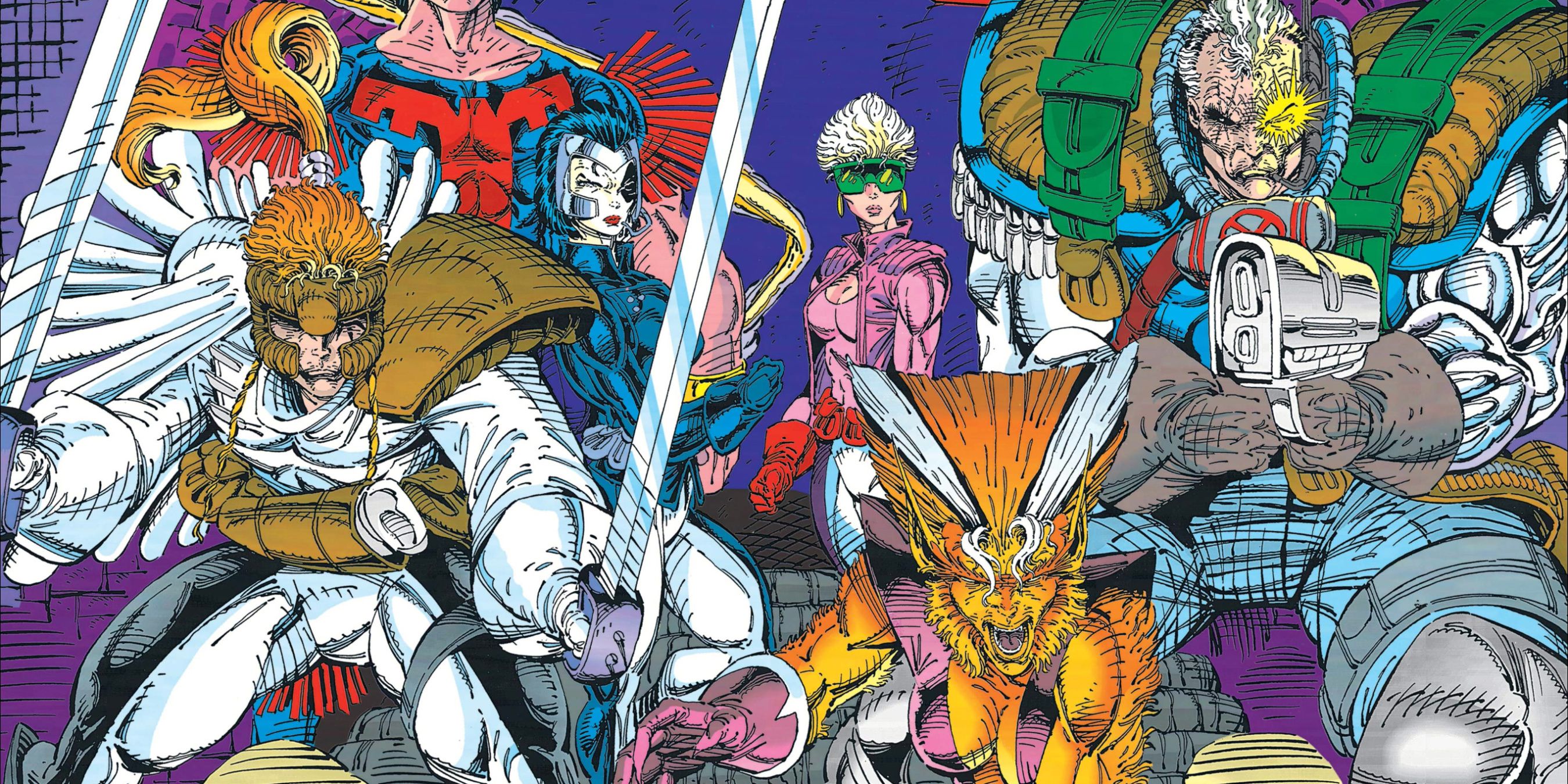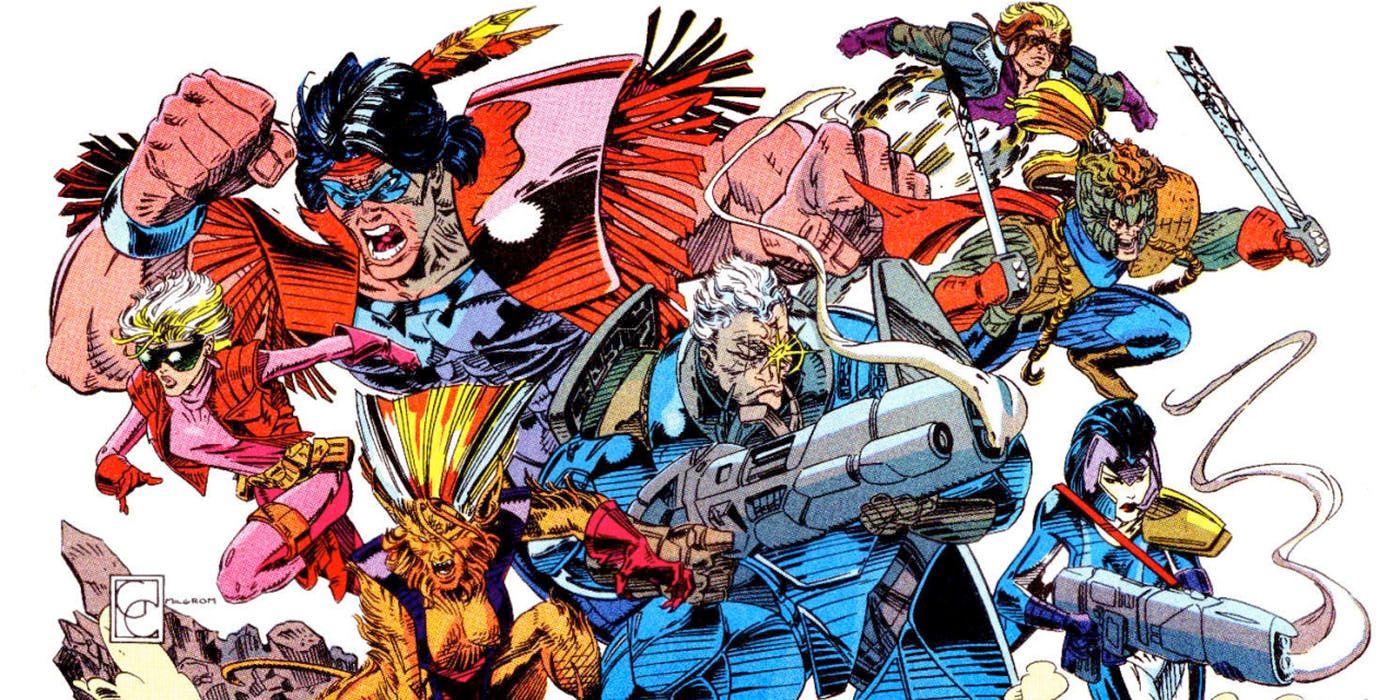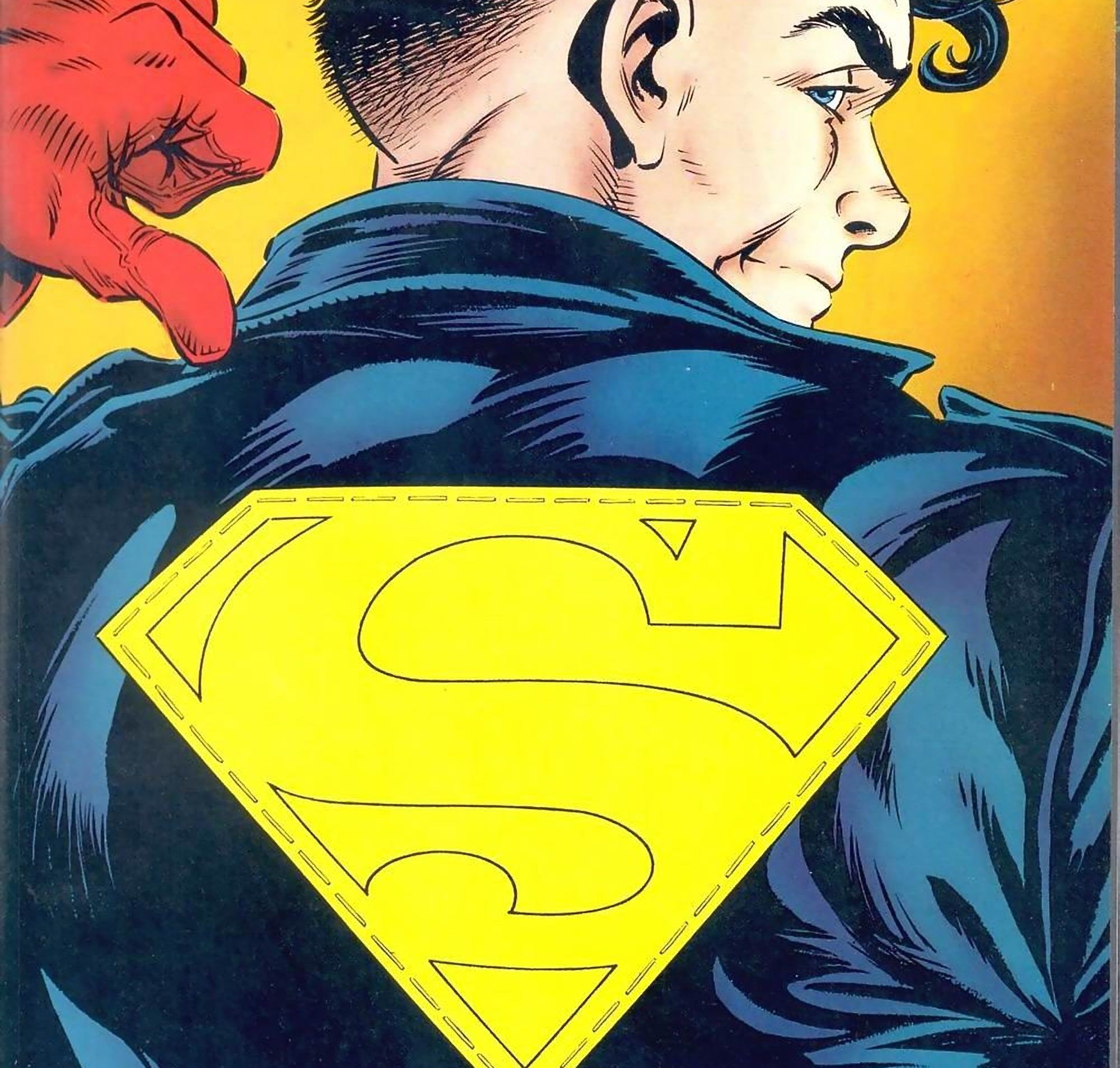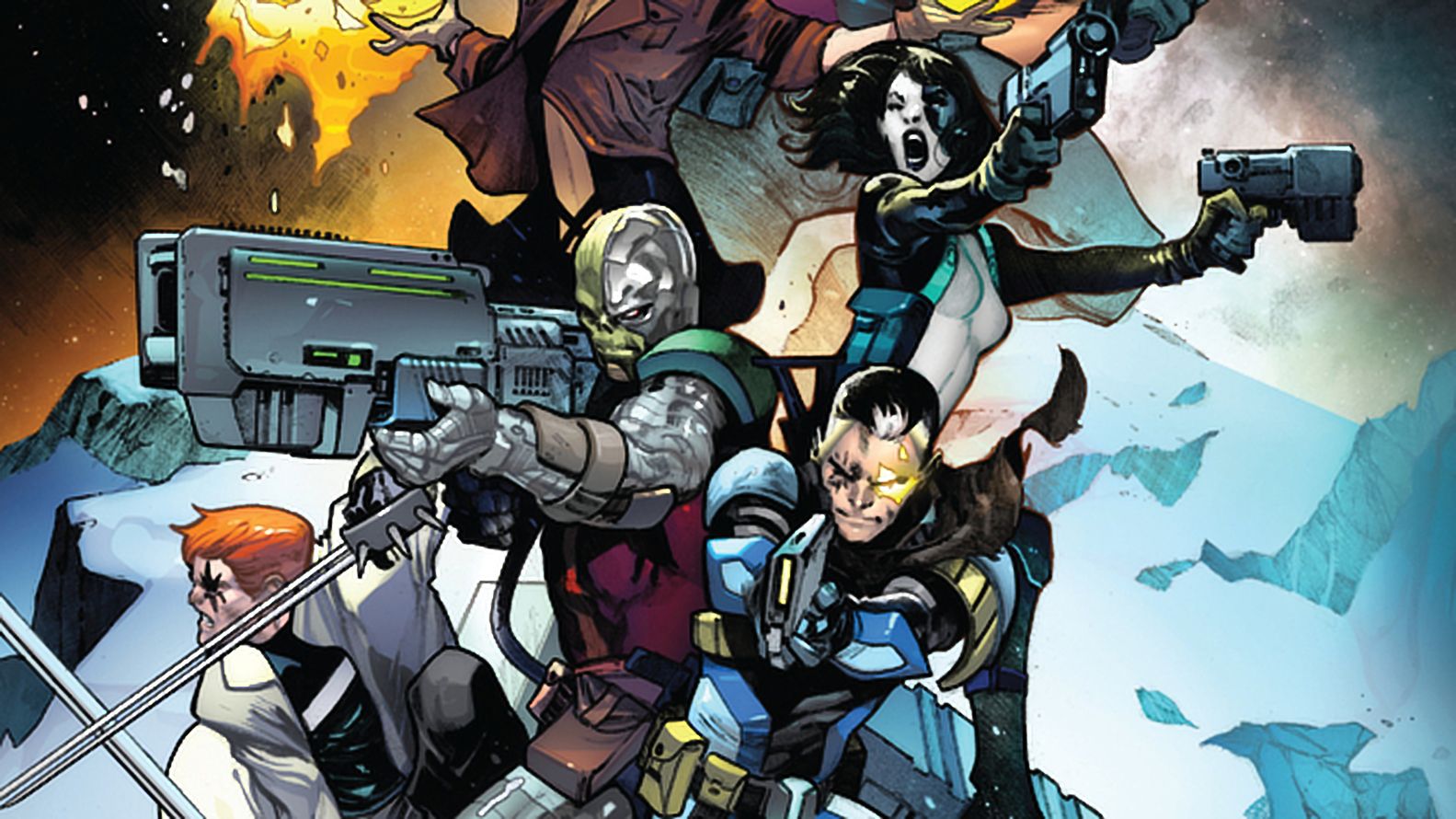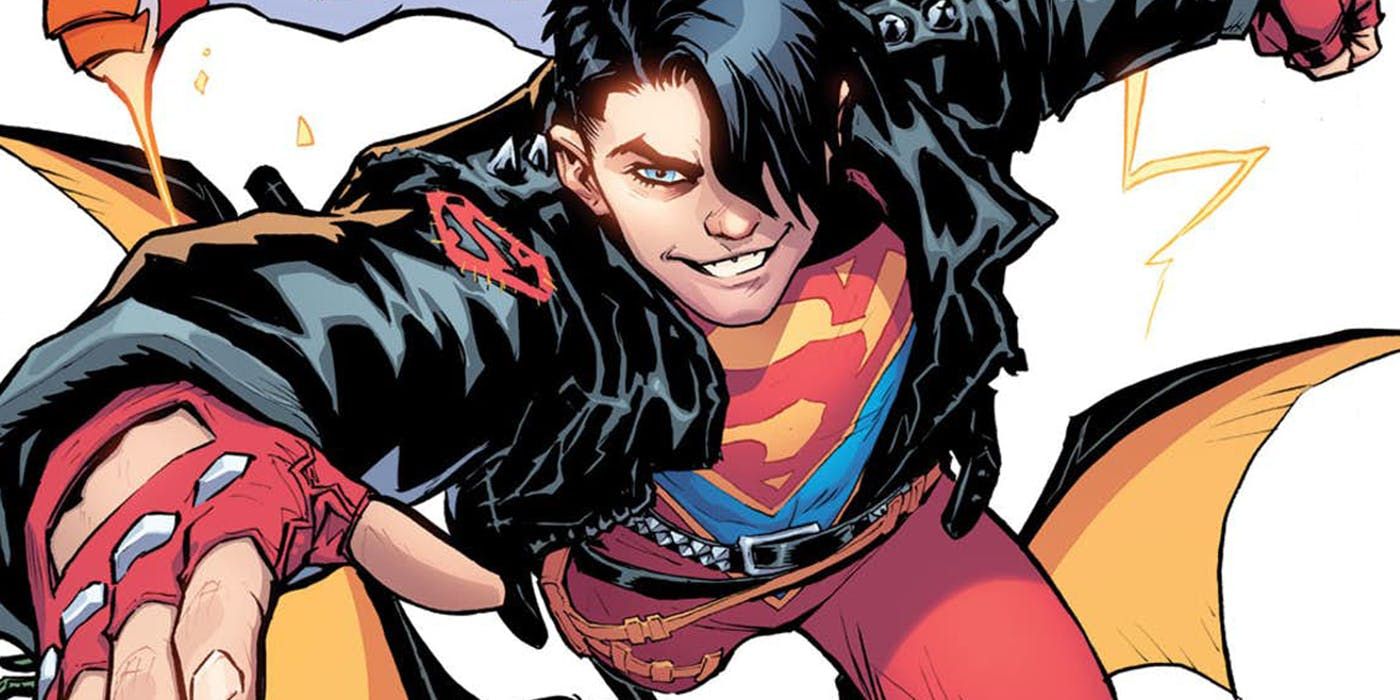In the history of mainstream comics, the '90s are usually regarded fairly harshly. The era was defined by excess, usually including some giant weaponry and hard attitudes. Needlessly over the top costumes, ridiculous character designs and a wide range of crossover events became the norm for the industry. Ever since, it's become one of the most ridiculed periods in American comics, especially by the industry itself.
That's what makes it so surprising to see the sudden revival of the various excesses of the '90s in the age of modern comics. Characters have reverted to their earlier incarnations, and events from the time period are returning in full force. Even outside of comics, superheroes are reverting to the perspective they had in the '90s. But why?
RELATED: Young Justice Totally Redefines 80-Plus Years of DC Continuity
Radical Attitude
To fully comprehend how weird it is to see the '90s era of comics making a comeback, it's important to look back at just how hard the eventual backlash to the period was. After years of comics trying to ape the mature themes of stories like Watchmen, the market had become oversaturated with cookie cutter attempts to create something "adult" and "cool."
This was the era of events like the over the top violence of Age of Apocalypse and Bloodlines, which produced a number of grim and gritty new superheroes that seem more like parodies than actual characters. The only character introduced in Bloodlines that had any real staying power was Hitman, and that was less because of the concept and more because of just how good Hitman (by Garth Ennis and John McCrea) ended up being.
RELATED: Marvel's X-Men Enter the Age of X-Man with 6 New Series
Coupled with the Comics Crash of 1996 (which was so destructive to the industry that even Marvel Comics filed for bankruptcy), the response to the decade was felt even before we'd truly left it. Late '90s comics, particularly from DC Comics, were dedicated to taking the aesthetic of the current times and trying to fuse them with the ideals of earlier stories.
This is when Superboy stopped just being an angry teen in a leather jacket with attitude and started exploring the Jack Kirby-inspired sides of the universe, slowly developing a personality to work with his appearance. X-Force went through reinvention after reinvention, furthering itself from the original "extreme" version of the team. Even as comics careened into the early '00s, the comics community was already desperate to escape the over the top elements of the period that came before.
The Return Of The Excess
So, what's brought all that back to the forefront? Part of it has to be tied to nostalgia. It's been almost 20 years since the close of the decade, and the people who grew up with that excess as their introduction to comics are now becoming the creative voices behind those same franchises. For how prevalent comics like X-Force were in the '90s, it's not surprising to find out that there were people who literally grew up with those books.
For some creators working in the industry now, Rob Liefeld's X-Force is just as important as the Chris Claremont run on Uncanny X-Men. In time, nostalgia for the '00s era will take over, and so on and so on. It's the ever-shifting idea of nostalgia as pop culture that continues to change and grow.
NEXT PAGE: We Have Only Our Own Nostalgia to Blame
That natural admiration for the style of the times might be a big reason why superhero adaptations are starting to focus on that period. The tone of Captain Marvel has been compared to films from the era, like Terminator 2 and Total Recall. The Death Of Superman and Reign of the Supermen will be the third time the blockbuster comics event will have been adapted to film, including the 2007 take on the same story and the overarching plot of Batman vs. Superman: Dawn of Justice and Justice League.
People who grew up with those stories as their gateway into the medium will always have an affection for them and their aesthetic, and since they're the ones making the stories now, it's understandable they'd pull from their inspirations. It's much like how Grant Morrison and Mark Waid were inspired by earlier eras during the comics heyday of the '90s.
RELATED: Marvel's Shatterstar Comic Could Have Been a Great Sitcom
The New Dark Age
Another factor might be the world around us. The '90s as an era was filled to the brim with post-apocalyptic stories. This is the time where stories like Rock of Ages and Age of Apocalypse were on the stands, when movies often flirted with the idea that society was on a doomed path that it couldn't avoid. Twenty years later, many of those far-fetched threats we were warned about in the '90s have become the reality.
Global warming, political strife around the world, rising extremism, fading privacy and basically every horror sci-fi cliche from the '90s have started coming true. The '90s was a dark time for comics, one that embraced the harshest aspects of their stories. But in the modern day? Some of those stories don't seem so ridiculous.
RELATED: Death of Superman/Reign of the Supermen Double Feature Trailer Released
The return of elements prevalent in the '90s aren't just being replicated. They're being reexamined and tweaked from a new perspective. The build-up to Age of X-Man has been an exploration of the good intentions that could lead to a ruined Earth. Young Justice focuses on the teen heroes of the original series, but with a level of awareness and maturity that the new versions of characters like Bart Allen took decades to develop. Shatterstar has become the most recent LGBTQ character in the Marvel Universe to receive his own solo series.
Even as the era seems to be returning to prominence, it's with a new level of awareness that reinforces the earlier material and improves upon it, rather then just rehashing it. So, while it might seem strange to see the concepts from the '90s returning, it's exciting to see them carrying weight they never used to.

